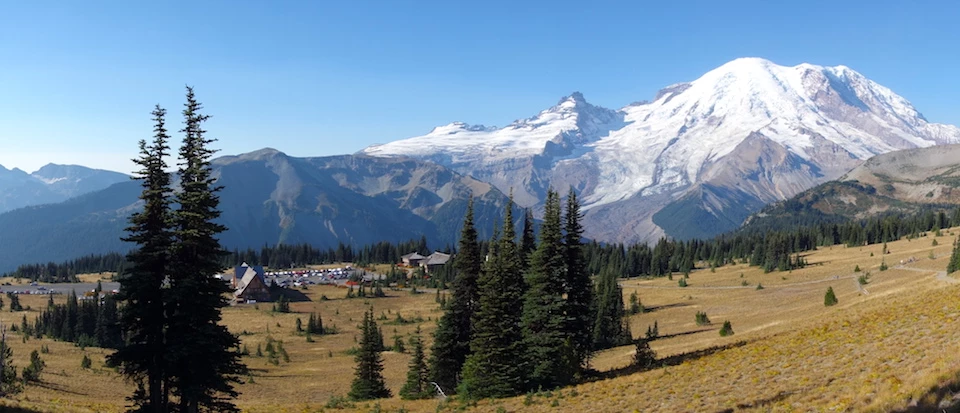
NPS Photo The protection, study and management of the park's natural resources and processes is essential for achieving the park's purpose and mission goals. The park includes outstanding geologic and hydrologic resources that represent key physical elements in the park ecosystem, including glaciers and snowfields, geomorphic features such as watersheds and landforms, soils, and paleoecologic deposits. Glaciers, snowfields, watersheds, and soils are especially sensitive to air pollution and climatic change. 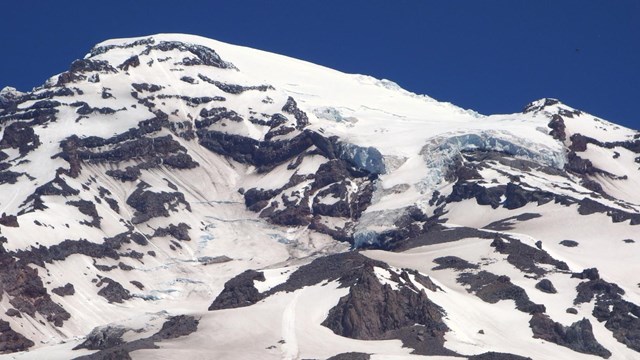
Glaciers
Glaciers carve through the landscape of Mount Rainier, fuel the park rivers, and are a measuring stick for climate conditions. 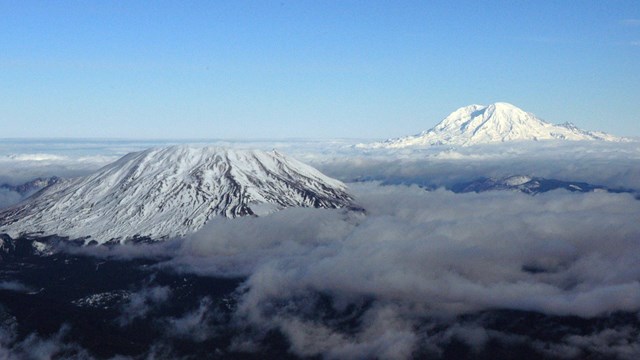
Volcanoes
Mount Rainier is a active volcano. Lava flows and eruptions have shaped the landscape in the past, and evidence can still be seen today. 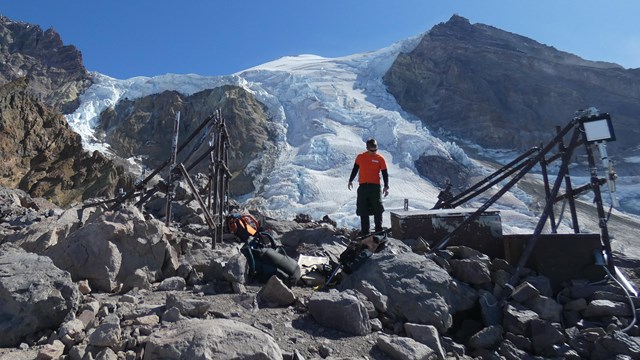
Seismicity
Seismicity is the study of earthquakes. Earthquakes are monitored on Mount Rainier as one way to track volcanic activity. 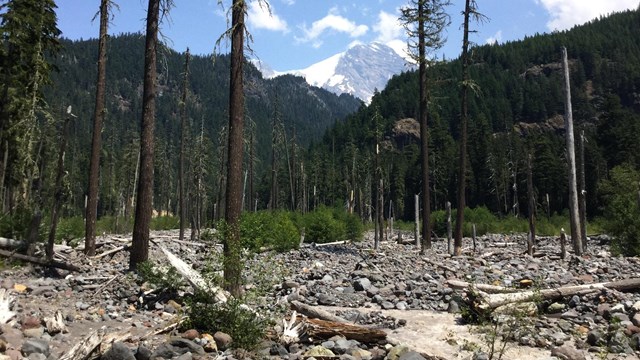
Aggradation
Aggradation, the process of rivers filling with rocky debris, can play a big role in flooding and other river behavior. 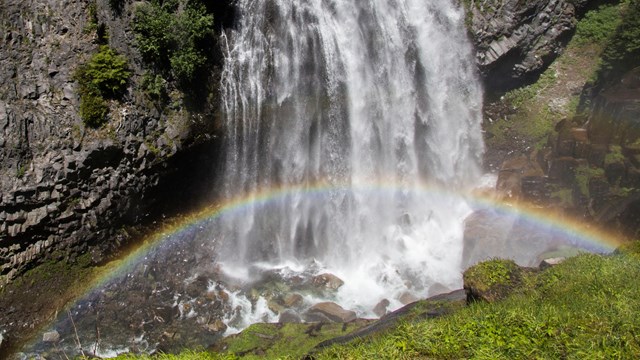
Waterfalls
Explore a few of Mount Rainier's many waterfalls! 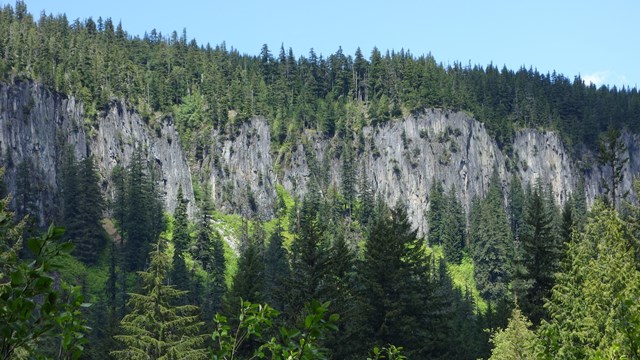
Geologic Formations
Explore Mount Rainier's geologic history through this selection of geologic formations. 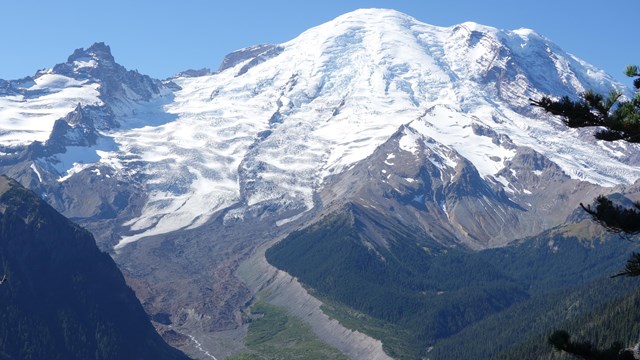
Sunrise Geology
The road from White River to Sunrise is a journey through the geologic history of Mount Rainier. Discover geology through this audio tour. |
Last updated: November 5, 2021
